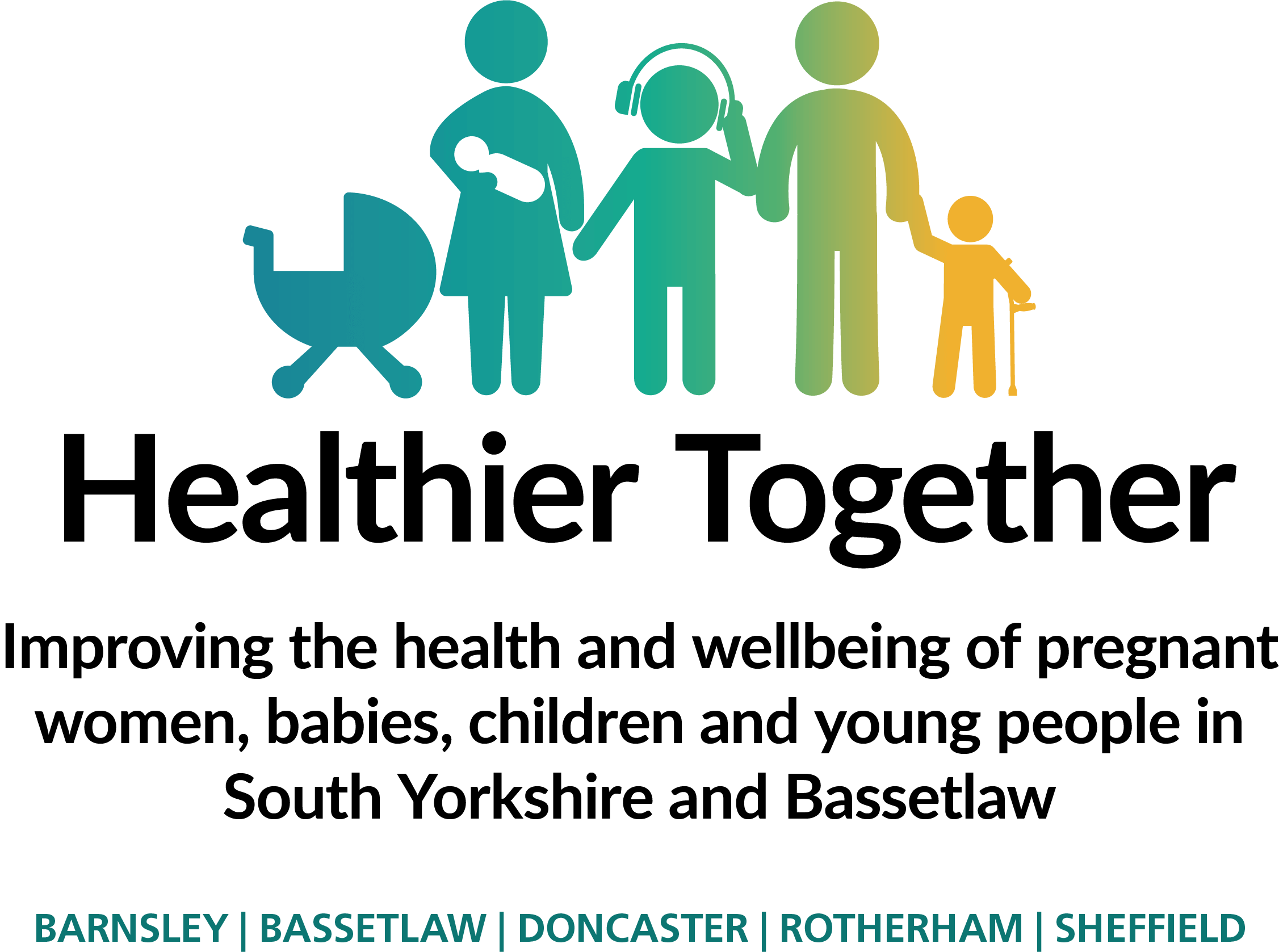Limp
Advice for professionals
When should you worry?
If your child has any of the following:
- Is pale, mottled and feels abnormally cold to touch
- Is going blue around the lips
- Becomes extremely agitated, confused or very lethargic (difficult to wake)
- Has a fit / seizure
- Develops a rash that does not disappear with pressure (see the ‘Glass Test’)
- If you think that your child has broken a bone
You need urgent help
Go to the nearest Hospital Emergency (A&E) Department or phone 999
If your child has any of the following:
- Is unable to put any weight on their leg
- Is no better after 48 hours
- Develops a fever above 38.5°C
You need to contact a doctor or nurse today
Please ring your GP surgery or contact NHS 111 - dial 111 or for children aged 5 years and above visit 111.nhs.uk
We recognise that at peak times, access to a health care professional may be delayed. If symptoms persist for 4 hours or more and you have not been able to speak to either a member of staff from your GP practice or to NHS 111 staff, then consider taking them to your nearest Emergency Department
If your child:
- Continues to have pain/limp that is slowly improving but he/she is otherwise well
Self care
Continue providing your child’s care at home. If you are still concerned about your child, contact NHS 111 – dial 111 or for children aged 5 years and above visit 111.nhs.uk
- Give your child ibuprofen for a few days. You can also give paracetamol to help with the pain
- Your child should rest as much as possible until the symptoms have resolved. You can then allow your child to gradually return to their usual activities
- If your child starts limping, it's usually the sign of a minor injury such as a sprain. However, if they haven't had any obvious injury, they may need to be seen by a healthcare professional to look for other possible causes
- Irritable hip (also known as Transient Synovitis) is a common childhood condition that causes symptoms of hip pain and limping
- However, irritable hip shares some of the symptoms of more serious hip conditions, such as septic arthritis (an infection inside the hip)
- If your child develops a temperature above 38.5°C, their pain is no better after 48 hours or they are unable to put any weight on their leg, they need to be seen urgently by your GP
- Your child should start getting better within a couple of days
- If they are not better within 48 hours, or not back to normal within 7 days, you should arrange for them to be seen by your GP



